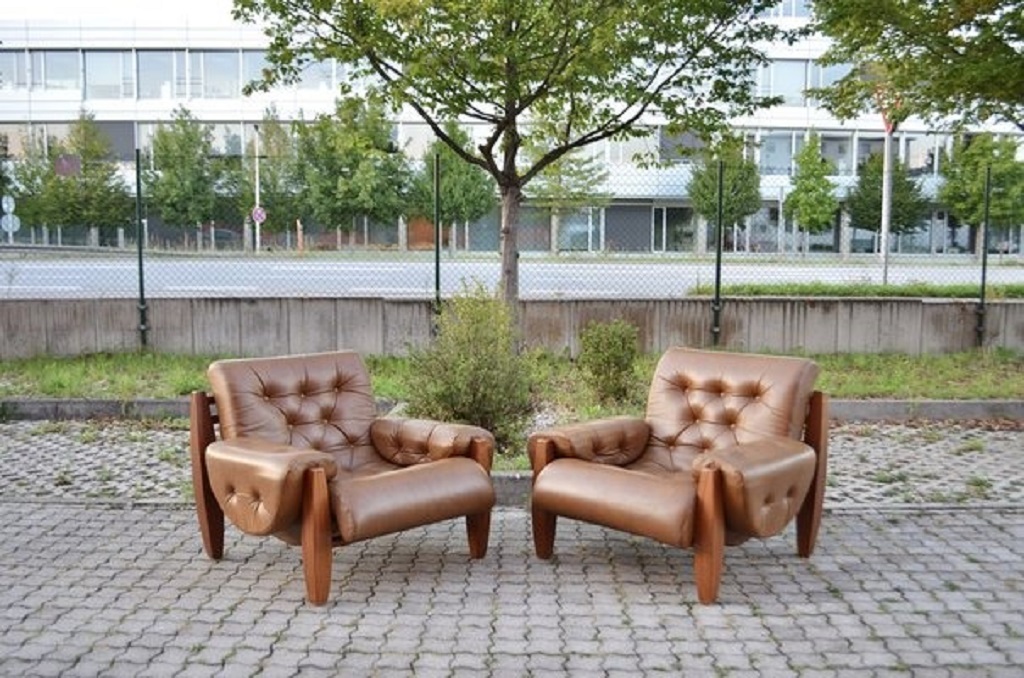Furniture often tells a story, reflecting the culture, status, and desires of its time. Among these, queening chairs stand out as unique pieces with a rich and intriguing past. Known for their regal design and symbolic power, queening chairs have evolved from royal thrones to modern statement pieces and specialized furniture in intimate settings. This article, inspired by insights from Buzzy Moment, explores the fascinating history of queening chairs, their cultural significance, and how their use has transformed over centuries.
Ancient Beginnings: Thrones of Power and Prestige
The story of queening chairs begins in ancient civilizations, where seating was more than functional—it was a symbol of authority. In ancient Egypt, thrones with high backrests and ornate carvings were reserved for pharaohs and queens, signifying their divine status. These early chairs, often made of wood and adorned with gold or precious stones, were designed to elevate the sitter, both literally and figuratively. Similarly, in ancient China and Persia, elevated seating was used to demonstrate dominance and reverence, particularly in matriarchal or royal contexts.
While direct evidence of queening chairs as we know them today is scarce in these early societies, the concept of a throne-like chair for powerful women laid the groundwork. These pieces were not just furniture but symbols of control, often used in ceremonies or private settings to assert influence. For a deeper dive into the queening chairs history, their roots trace back to these early displays of power, where the chair’s design reflected the sitter’s status.
Medieval Europe: Queening Chairs as Symbols of Royalty

During the Middle Ages, queening chairs became more defined, particularly in European courts. These chairs, often called thrones, were used by queens during coronations, public appearances, and private audiences. Crafted from oak or walnut, they featured high backrests, wide armrests, and intricate carvings, often upholstered with luxurious fabrics like velvet or silk. The term “queening” itself emerged from their association with queens, symbolizing authority and elegance.
In medieval Europe, these chairs were not merely decorative. They served a practical purpose, providing comfort during long ceremonies while reinforcing the queen’s role in society. For example, a queen’s throne at the head of a dining table or in a royal court visually communicated her power. Additionally, some historical accounts suggest that noblewomen used specialized seating for private, intimate encounters, hinting at the dual role of queening chairs in both public and personal spheres.
The Renaissance: Evolving Designs and Cultural Shifts
As Europe entered the Renaissance, furniture design became more sophisticated, and queening chairs evolved accordingly. Artisans began experimenting with lighter materials and more intricate designs, incorporating elements like turned legs and cushioned seats. The chairs retained their regal aesthetic but became more accessible to the wealthy elite, not just royalty. This shift reflected changing attitudes toward comfort and personal expression in home decor.
Moreover, the Renaissance saw a growing openness to sensuality in art and literature, which influenced furniture design. Queening chairs, with their plush upholstery and elegant curves, began to appear in private chambers, symbolizing both luxury and intimacy. While still associated with power, these chairs started to take on a more personal role, blending functionality with aesthetic appeal. This period marked a transition from purely ceremonial use to a broader cultural significance.
The Victorian Era: A Paradox of Public and Private
The Victorian era brought a fascinating paradox to the history of queening chairs. On one hand, society upheld strict moral codes, emphasizing modesty and restraint. On the other, private spaces became havens for indulgence, and queening chairs found a new role in intimate settings. During this time, furniture designed for sensuality, including early forms of queening chairs, gained popularity among the elite.
These chairs were often disguised as luxurious armchairs or chaise lounges to maintain discretion. Upholstered in rich fabrics like velvet or leather, they featured high backrests and wide seats, providing comfort for extended use. In some circles, queening chairs were subtly referenced in literature as symbols of feminine power and control, particularly in private, romantic contexts. This dual nature—public elegance and private sensuality—cemented their place in Victorian culture.
The Modern Queening Chair: From BDSM to Home Decor
In the 20th century, queening chairs took on a new identity, particularly within the BDSM community. These modern queening chairs, often called face-sitting chairs or thrones, are designed with an open seat to facilitate intimate acts of dominance and submission. Their origins are debated, with some suggesting they emerged solely within BDSM culture, while others point to historical practices in ancient Egypt, Persia, or Victorian England. Regardless, these chairs prioritize comfort and safety, with padded seats and ergonomic designs to enhance the experience for both partners.
Today, queening chairs are also celebrated as statement pieces in home decor. Available in various styles—wingback, bergere, chaise, or Chesterfield—they add a touch of royalty to living rooms, bedrooms, or home offices. Modern designs blend traditional elements like tufted upholstery with contemporary features like adjustable heights. This versatility makes them appealing to a wide audience, from history enthusiasts to interior design lovers.
Cultural Significance: Power, Femininity, and Empowerment
Throughout their history, queening chairs have symbolized power and femininity. In ancient times, they represented divine authority; in medieval Europe, they signified royal status. By the Victorian era, they embodied a blend of elegance and private empowerment. Today, they continue to evoke control and confidence, whether in intimate settings or as bold decor choices.
In many cultures, the act of sitting elevated above others has long been associated with dominance. Queening chairs, with their high backrests and commanding presence, amplify this symbolism. In modern BDSM culture, they are tools of empowerment, allowing individuals to explore dynamics of control and trust. Beyond this, their aesthetic appeal makes them a timeless choice for those seeking to infuse their spaces with elegance and authority.
Incorporating Queening Chairs into Modern Spaces
Queening chairs are remarkably versatile, fitting into various rooms and styles. Here are some tips for incorporating them into your home:
- Living Room: Place a pair of wingback queening chairs opposite a sofa to create a regal conversation area.
- Bedroom: Use a chaise queening chair in a corner with a lamp for a luxurious reading nook.
- Dining Room: Position queening chairs at the head of the table for a touch of grandeur during meals.
- Home Office: Add a bergere queening chair for a comfortable yet sophisticated workspace.
- Small Spaces: Opt for a minimalist queening chair to avoid overwhelming compact rooms.
When choosing a chair, consider materials like wood for a classic look or metal for a modern edge. Upholstery options like velvet or leather enhance the luxurious feel, while neutral colors ensure versatility.
Conclusion
The history of queening chairs is a journey through time, from ancient thrones to modern statement pieces and specialized BDSM furniture. Originating as symbols of power in ancient Egypt and medieval Europe, these chairs evolved through the Renaissance and Victorian eras, adapting to cultural shifts while retaining their regal allure. Today, they serve dual purposes: as elegant decor and tools of empowerment in intimate settings. Whether you’re drawn to their historical significance or modern versatility, queening chairs remain a captivating blend of style, power, and comfort.
Read More Also: Flooring Color Trends for Colorado Springs Interiors
Frequently Asked Questions
What is a queening chair?
A queening chair is a throne-like chair with a high backrest and ornate design, historically used by queens to signify power. Today, it’s also used in home decor and BDSM contexts.
Where did queening chairs originate?
Queening chairs trace their origins to ancient civilizations like Egypt, where thrones symbolized authority. They evolved in medieval Europe as royal seating.
How are queening chairs used today?
Modern queening chairs are used as luxurious decor in homes or as specialized furniture in BDSM for face-sitting, emphasizing comfort and dominance.
What materials are queening chairs made from?
They are typically made from wood or metal, with upholstery in plush fabrics like velvet, silk, or leather, often featuring decorative elements like tufted buttons.
Can queening chairs fit in small spaces?
Yes, choosing a smaller or minimalist queening chair can complement compact spaces without overwhelming the room’s design.




